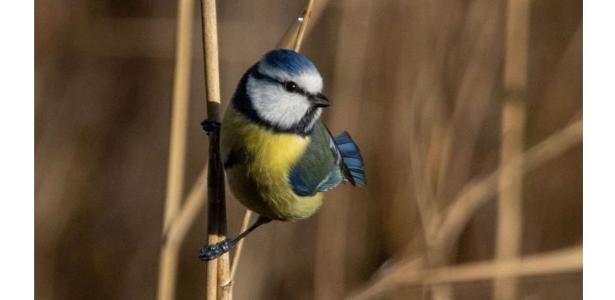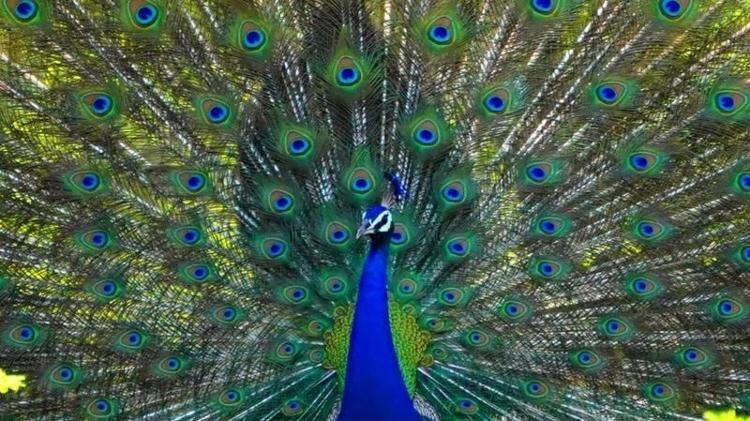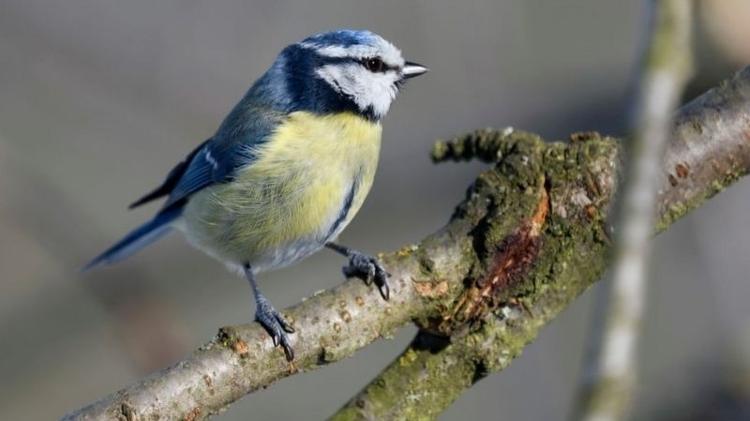
On April 3, 1860, in a letter to the American botanist Asa Gray, British naturalist Charles Darwin expressed his frustration at the presence of sparkling peacock tails: “The sight of a feather on a peacock’s tail, whenever I watch, makes me feel sick!”
His dismay was that peacock tails conflicted with his theory of evolution by natural selection, because instead of increasing the survival of peacocks, they seemed to be doing the opposite.
Eleven years later, in 1871, Darwin proposed a solution to this (apparent) contradiction in his book The Descent of Man and Sexual Choice.
According to the British, the function of flashy traits (ornaments) is not to increase the survival of their owners, but their reproductive success.
This means that the presence of striking traits, such as peacock tails, is explained by sexual selection, not natural selection.
A sign of health and quality
For now, we know that ornaments act as signs of quality: they tell us about the physical condition, health, or personality of their bearers.
In addition, we also know that ornaments convey honest information because they are expensive to produce.
This makes it possible only for high-quality individuals to produce the most attractive ornaments.
However, although our knowledge of motifs has advanced a lot since Darwin’s time, there are still many open questions about their development.
Climate Change Effects
Climate change and its effects on animals and plants have received a lot of attention from the scientific community.
Most studies have focused on exploring the effects of climate change on the onset of flowering in plants or on the history of egg-laying in birds.
In contrast, the effects of climate change on other traits, such as ornaments displayed by different types of animals and even plants, are largely unknown.
The importance of studying the effects of climate change on ornaments lies in the fact that the costs of their production vary according to different environmental conditions.
When environmental conditions are good (for example, when there is a lot of food), it is relatively cheaper to produce ornaments than when environmental conditions are poor (for example, when there is little food).
If climate change continues to worsen environmental conditions, the costs associated with issuing these signals may increase.
Because the energy available to an individual is limited, this increase in signaling costs can limit energy investment in other vital functions, such as survival, which can have negative consequences for maintaining species populations.
Therefore, to understand and predict population responses to climate change, it is important to study how this affects the expression of ornaments.
The case of the blue nipple in the south of France
In a recent study, scientists from the Center for Functional and Evolutionary Ecology in Montpellier, France, and the University of the Basque Country, Spain, studied the effects of climate change on the ornamental coloration of the blue nipple (Cyanistes caeruleus).
The bluebird is a small bird, very common in European forests. It has a very flashy colour. Its blue crown and yellow breast are particularly striking.
Blue breasts have received a lot of attention from the scientific community.
Thanks to this, we know that both blue crowns and yellow breasts act as signs to let them know about the quality of their owners.
Our study focused on two groups of blue tits from southern France. One is located near Montpellier and the other is in the northwest of the island of Corsica, and has studied for over 15 years.
Annually, between 2005 and 2019, we capture all the breeding blue boobs of each group.
Thanks to this, we were able to obtain more than 5800 measurements on its coloring and other properties.
Less colorful feathers
Our study results show that in both groups the blue and yellow coloration of the blue nipple decreased between 2005 and 2019.
This means that in these two groups, the blue crowns and yellow breasts are less noticeable than when the study began.
In addition, we found in Corsica that in the hottest and driest summers the blues were less noticeable, with blues and yellows.
This, along with the increase in temperature and decreased precipitation in our study area, suggests that the decrease in color in this population is a consequence of climate change.
Interestingly, in the population near Montpellier, no significant changes in temperature or correlation between temperature and blue color were detected.
On the other hand, this tells us that the effects of climate change are not the same everywhere.
On the other hand, the lack of correlation between color and climate indicates that ornamental colors are sensitive to other environmental factors that must be explored in the future.
In summary, our study and other studies conducted on different species, such as flycatcher and dragonfly, show that climate change has a negative impact on animal ornaments.
In future studies, we should explore the consequences of this effect on the population’s ability to adapt to climate change.
In this way, we will be able to understand its consequences not only for birds, but also for ecosystems in general.
* David López Idiáquez is a postdoctoral researcher in evolutionary ecology at the University of the Basque Country (Euskal Heriko Unibertsitatea) in Spain.
This article was originally published on the academic news site The Conversation and is republished here under a Creative Commons license. Read the original version here (in Spanish).
– The text was originally published in: https://bbc.in/3aYWRir

“Proud explorer. Freelance social media expert. Problem solver. Gamer.”








